

Hortensia, more commonly known as hydrangea, is a wonderful flower shrub.
Key facts to remember
Name – Hydrangea
Family – Hydrangeaceae
Height – 3 to 6 ½ feet (1 to 2 meters)
Soil – more on the acidic side, heath soil
Exposure: part sun , shade – Foliage: deciduous – Flowering: summer → fall
Here are our pruning, growing and care techniques to spur nice growth for your hortensia as seasons come and go.
It’s important to give your hortensia all the chances it can get to grow well.
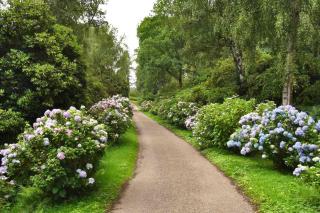 Hortensia appreciates sunlight, on the condition that it never gets scorching hot, especially in summer.
Hortensia appreciates sunlight, on the condition that it never gets scorching hot, especially in summer.The hortensia shrub starts unfurling its leaves early on in season, usually at the beginning of spring.
Note also that Hydrangea paniculata deals with cold weather much better than the most famous hortensia: Hydrangea macrophyla.
Like most shrubs, hortensia is preferably planted in fall.
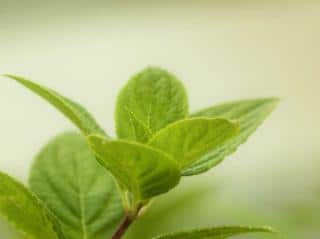
If you are hoping to see your hortensias thrive, plant them 30 to 40 inches (75 to 100 cm) apart.
It’s a well-known fact that care is truly easy. Virtually no maintenance is required at all, except for an annual pruning that will let the shrub bear even more flowers.
Most persons who discover that their hortensia shifted to a pinkish color nearly always have an issue with soil acidity.
The more chalk and limestone soil contains, the more difficult it is to keep your hortensia blue.
The solution? To keep your hortensia blue, you must make the soil more acidic.
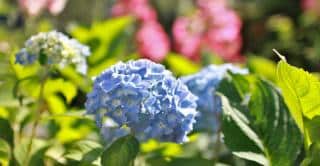 Others possibilities include alum rock powder, it contains aluminum sulfate that will quickly lead to new, blue flowers. Sometimes it’s available in liquid form in garden stores.
Others possibilities include alum rock powder, it contains aluminum sulfate that will quickly lead to new, blue flowers. Sometimes it’s available in liquid form in garden stores.Hydrangea macrophyla is the most common and well-known hortensia, but there are many more.
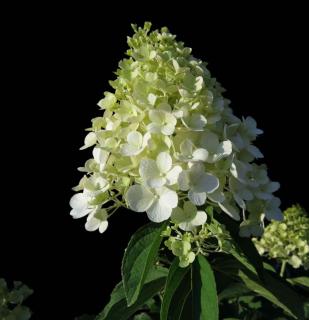
Pretty hardy plants, all hortensia resist temperatures down to 5°F (-15°C) and some even cope well with -30°F (-30°C).
On the picture to the right, a magnificent hortensia paniculata.
To dress a North-facing wall, plant a climbing hortensia there.
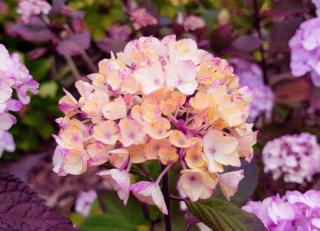
If white balls appear along the stems, you are certainly facing an invasion of scale insects.
If whitish felt covers the underside of leaves, it is surely an attack of powdery mildew.
If your soil is too chalky, your hortensia will quickly show signs of stress and turn yellow.
Plant several different types of hortensia in different places throughout the garden: you’ll be surprised at how they contribute to adding color and beauty to your garden.